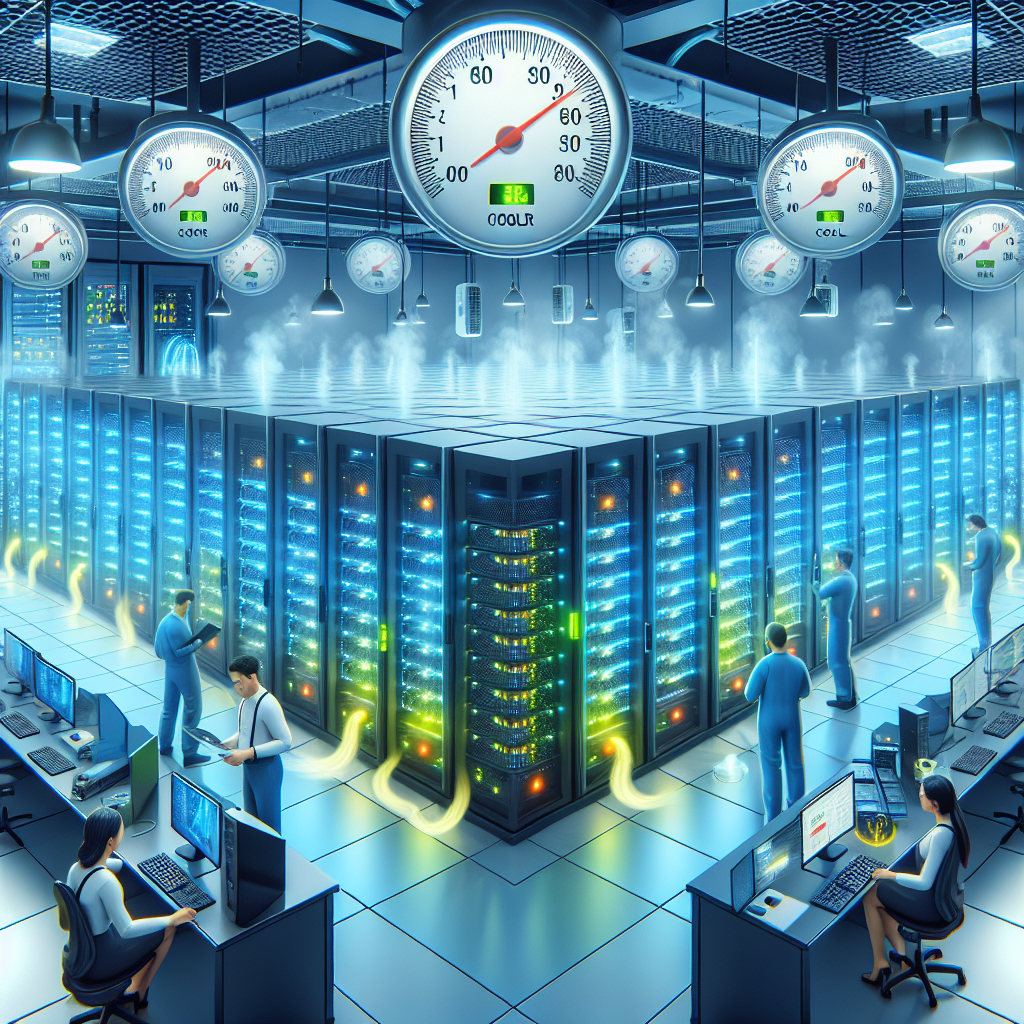Data centers are essential for modern businesses, but they can also be a significant source of energy consumption and expenses. One of the biggest challenges for data center operators is keeping the servers cool to prevent overheating and ensure optimal performance. However, cooling systems can be expensive to operate, leading to high energy bills. By optimizing data center cooling, businesses can achieve cost savings while still maintaining the efficiency and reliability of their operations.
Here are some key strategies to optimize data center cooling for cost savings:
1. Use Efficient Cooling Systems: Investing in energy-efficient cooling systems can significantly reduce energy consumption and costs. Choose systems that are designed to deliver precise cooling to IT equipment without overcooling the entire data center. Consider using technologies such as free cooling, which uses outside air to cool the data center instead of relying solely on mechanical cooling.
2. Implement Hot Aisle/Cold Aisle Containment: Hot aisle/cold aisle containment is a layout design that separates hot and cold air streams in the data center, improving airflow and reducing energy waste. By containing the hot air from servers and directing it back to the cooling units, data center operators can achieve more efficient cooling and lower energy costs.
3. Optimize Airflow Management: Proper airflow management is essential for efficient cooling in data centers. Ensure that air vents are not blocked, and that airflow is directed towards hot spots in the data center. Use blanking panels to cover unused rack spaces and prevent hot air recirculation. Regularly monitor airflow patterns and make adjustments as needed to optimize cooling efficiency.
4. Monitor Temperature and Humidity Levels: Monitoring temperature and humidity levels in the data center is crucial for preventing overheating and ensuring optimal performance. Use sensors to track environmental conditions and adjust cooling systems accordingly. By maintaining the right temperature and humidity levels, data center operators can reduce energy consumption and avoid unnecessary cooling costs.
5. Implement Virtualization and Consolidation: Virtualization and consolidation of servers can help reduce the overall heat load in the data center, leading to lower cooling requirements. By consolidating servers onto fewer physical machines and using virtualization technology, businesses can decrease energy consumption and cooling costs while improving resource utilization.
6. Regular Maintenance and Upgrades: Regular maintenance of cooling systems is essential to ensure optimal performance and efficiency. Clean air filters, inspect cooling units for leaks or damage, and replace outdated equipment with more energy-efficient models. Upgrading cooling systems with advanced technologies such as variable speed drives or intelligent controls can further improve efficiency and reduce costs.
By implementing these strategies, businesses can optimize data center cooling for cost savings while maintaining the reliability and performance of their operations. Investing in energy-efficient cooling systems, implementing airflow management techniques, monitoring environmental conditions, and regular maintenance are key steps to achieving cost-effective cooling solutions in data centers. With the right approach, businesses can reduce energy consumption, lower cooling costs, and improve overall efficiency in their data center operations.

Leave a Reply
You must be logged in to post a comment.